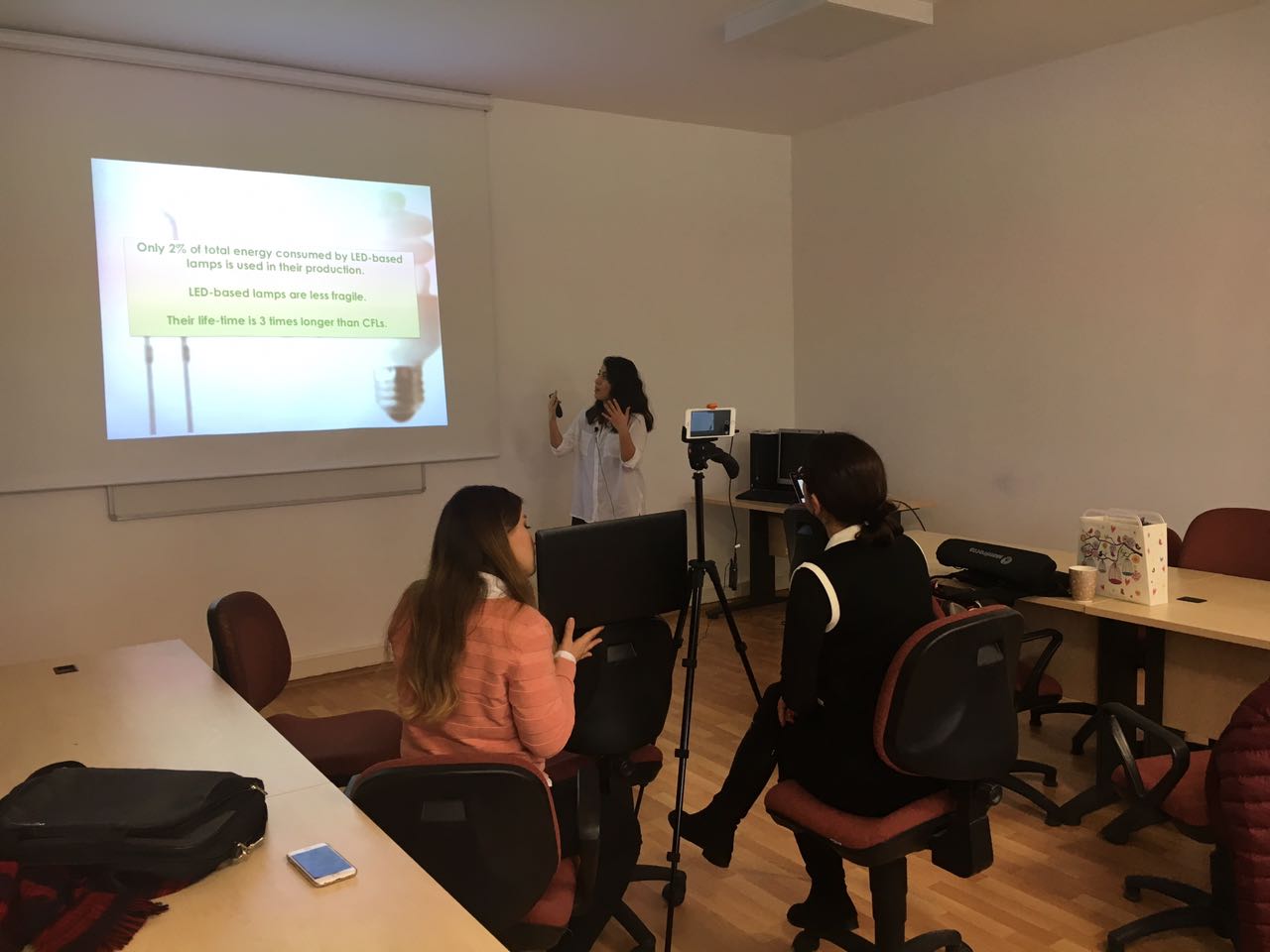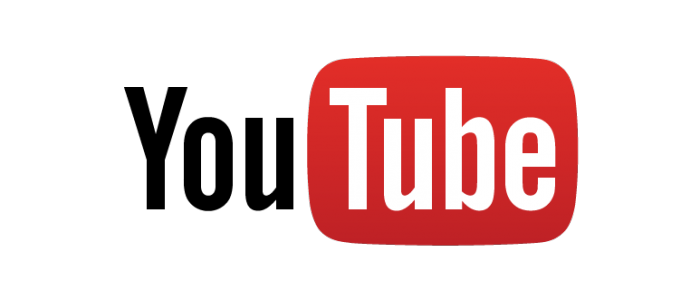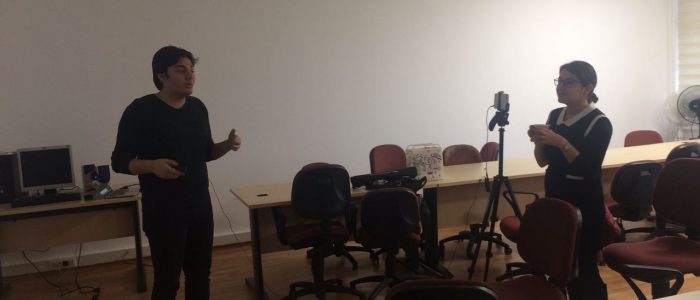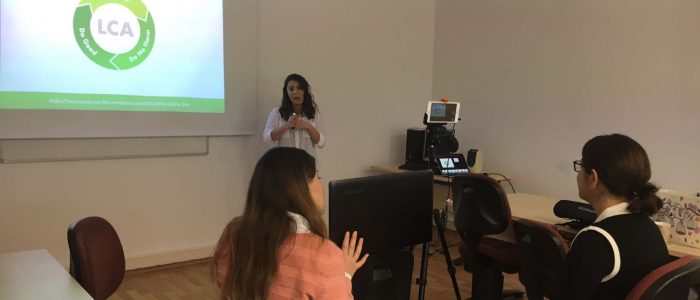The nature of teaching environments has gained reformation by means of the advances in information and communication technology. In accordance with this, instructors’ roles and duties have also changed in order to catch up these innovations. In this process, YouTube, as one of the most outstanding Web 2.0 tools has appeared in educational settings, especially in language education. The literature indicates a requirement for further research in the use of this public and free web-tool especially when it comes to its uses in tailored playlists for specific courses. To that end, this case study aims to investigate the instructors’ experiences and perceptions towards the use of a YouTube channel used to present input, provide, support and discuss course material. The study was conducted on 19 instructors teaching Academic Presentation Skills, a must course offered to the students from varying disciplines in Middle East Technical University, Ankara, Turkey. The course is taught by 19 instructors based on the same curriculum and assessment tools, taught via similar instructional methods. The instructors were asked to fill out an online survey via Google Forms at the end of the semester to reflect their perceptions on the drawbacks and benefits of the aforementioned YouTube channel. The data was analyzed based on both descriptive statistics besides deductive content analysis. The findings are highly expected to further lead language educators indicating the means of a YouTube channel as an online course material source.

YouTube Channel in English 211 for the Instructors and Students
The advancements in information and communication technology have revolutionized the notion of teaching and learning in terms of strategies, context, methods, etc. One of the most remarkable tools used in teaching and learning in the 21st century is YouTube, especially in language education. The literature demonstrates the needs for elaboration of the use of YouTube in educational settings. Therefore, this mixed-method study aims to investigate students’ experiences and perceptions towards the use of YouTube videos in a language education setting. The study was conducted on 44 students taking the compulsory Academic Presentation Skills course offered to students from varying disciplines in Middle East Technical University, Ankara, Turkey. They were asked to fill out a paper-based survey at the end of the course on their perceptions on the drawbacks and benefits of the aforementioned YouTube channel. The data was analyzed based on both descriptive statistics and deductive content analysis. The findings are expected to further guide language educators indicating the ways to benefit from YouTube and other online video sources.




